Spiders are often regarded with fear and fascination. While most species are harmless, there are a few that possess venom capable of causing significant harm to humans. Some spiders can inject venom strong enough to paralyze or even kill their prey. For humans, bites from certain venomous species can lead to symptoms ranging from mild discomfort to life-threatening conditions. Below is a detailed guide to the top 10 most venomous spiders in the world, based on their toxicity, danger to humans, and potential for fatal encounters.
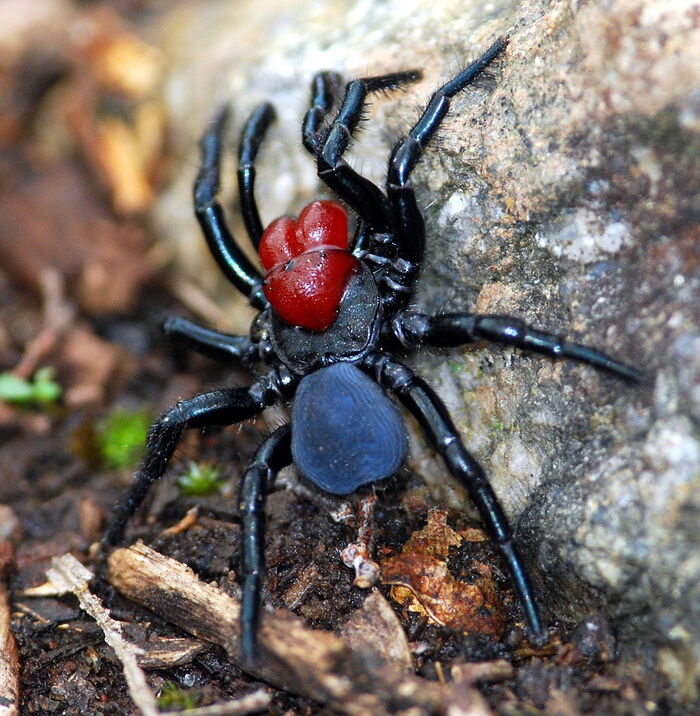
Habitat: Found primarily in Australia, the mouse spider earns its name due to its burrowing habits, not its diet.
Venom: Though its venom can cause headaches, nausea, and numbness, the mouse spider is not particularly aggressive toward humans. Its bite, though alarming due to its size and appearance, is rarely life-threatening.
Fun Fact: Unlike many spiders, the mouse spider does not construct webs but prefers burrowing underground. While its venom is potent enough to affect smaller prey, human encounters are infrequent.
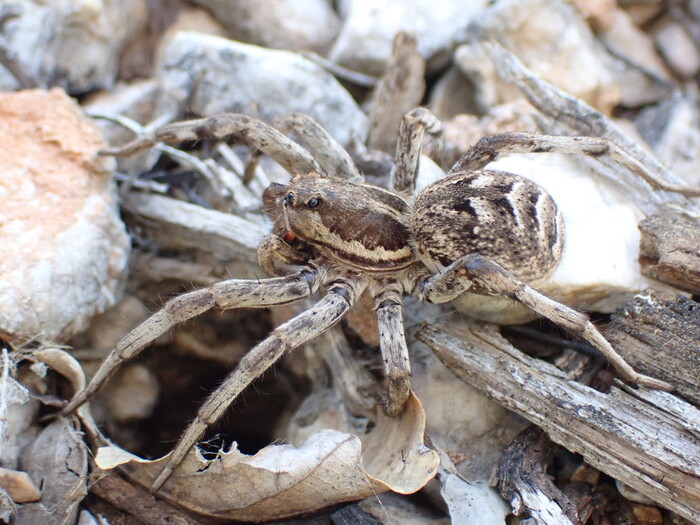
Habitat: Native to southern Europe, the wolf spider prefers grasslands and scrubland.
Venom: While their bite is capable of causing pain, swelling, and mild irritation, it is rarely fatal. The venom of the tarantula wolf spider is not as dangerous as some of its counterparts in this list.
Fun Fact: These nocturnal hunters possess exceptional eyesight, but they generally avoid human interaction unless threatened. Their venom is potent enough to subdue their prey, which includes insects and smaller animals.
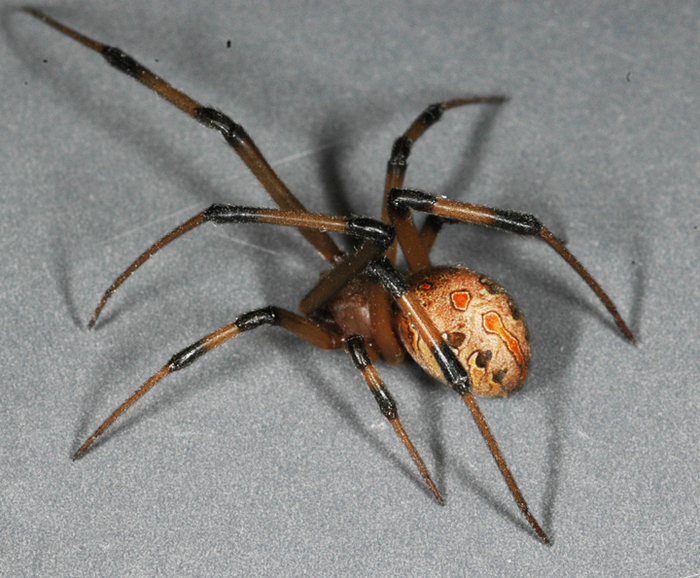
Habitat: This spider has spread widely across the globe, from its origins in South Africa to various regions including the Americas and Europe.
Venom: Though not as potent as its cousin, the black widow, the brown widow's bite can still cause pain, vomiting, and in rare cases, more severe symptoms like muscle cramps and nausea.
Fun Fact: The brown widow's characteristic black and orange markings make it easy to identify. Unlike other widow species, it tends to be less aggressive and more reclusive.
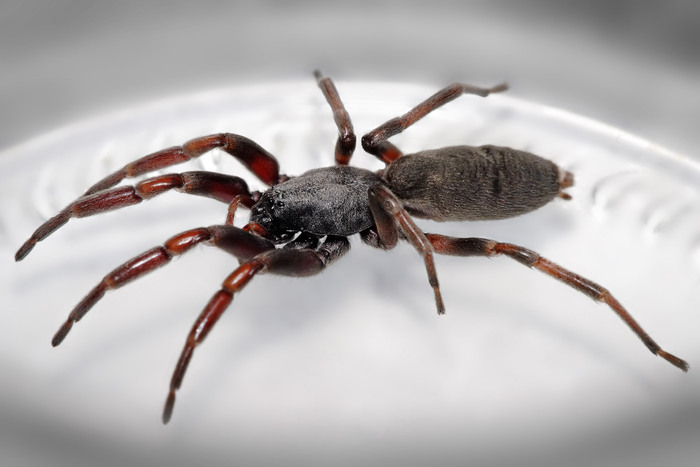
Habitat: Common in southern and eastern Australia, the white-tailed spider is typically found in dark, secluded spots such as inside homes or under rocks.
Venom: The bite of a white-tailed spider can lead to intense pain, nausea, vomiting, and headaches. There are reports of necrotic lesions at the bite site, though these are relatively rare.
Fun Fact: The white-tailed spider feeds on other spiders, which it catches by actively hunting rather than spinning webs. Its aggressive behavior towards other spiders makes it a formidable predator in its environment.
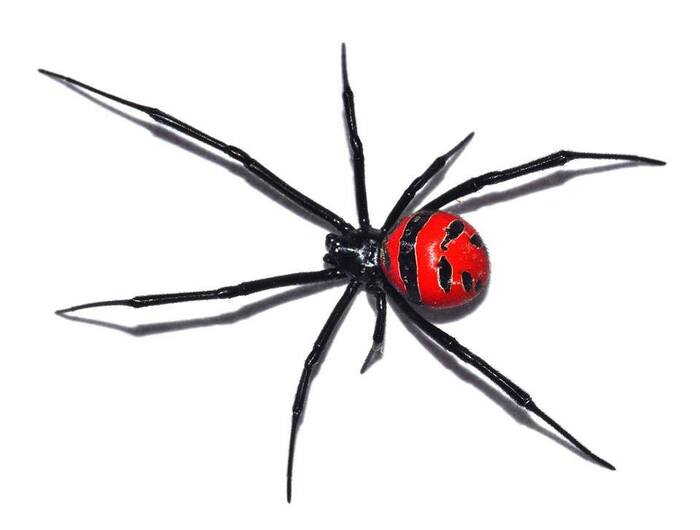
Habitat: Found in North America, particularly in the southern United States.
Venom: While the bite of a black widow is feared, it is rarely fatal to humans. The venom causes a range of symptoms, including muscle pain, vomiting, and severe cramping. Deaths are extremely rare and typically only occur in vulnerable populations such as the elderly and young children.
Fun Fact: Black widow spiders have a notorious reputation, but they generally only bite in self-defense when they feel threatened. They are also famous for their distinctive red hourglass marking on their abdomen.
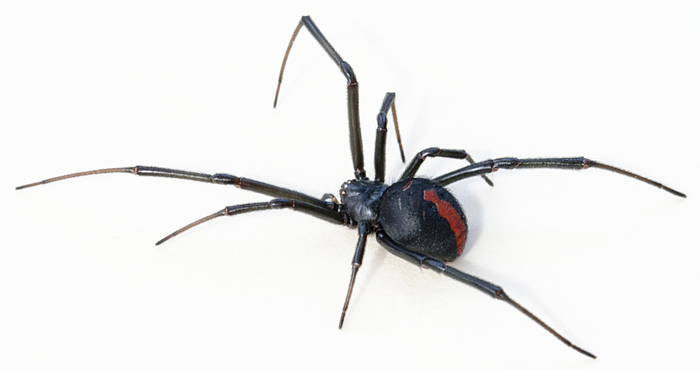
Habitat: This species is native to Australia but has spread to other parts of the world, particularly in human-made environments like sheds, garages, and homes.
Venom: The bite of a redback spider can cause intense pain, sweating, nausea, and in some cases, death if left untreated. Fortunately, antivenom is available, and fatalities are rare in modern times.
Fun Fact: The redback's feeding behavior is gruesome — it wraps its prey in silk, injects venom through multiple bites, and liquefies the insides before consuming them. Its venom is neurotoxic and can cause rapid effects on the human body.
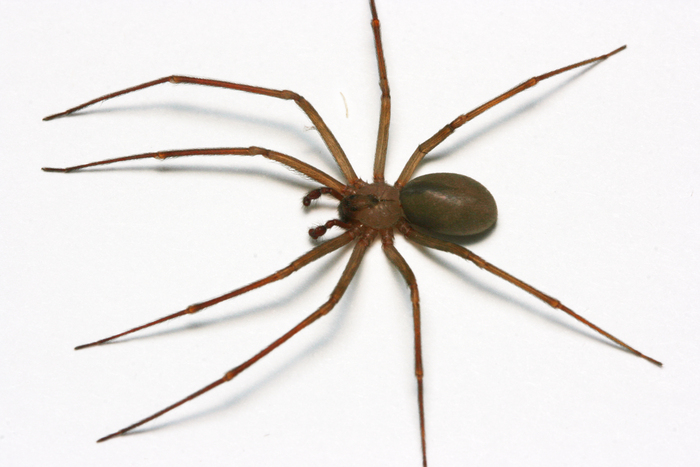
Habitat: Native to the United States, particularly in the Midwest and South, the brown recluse spider prefers dark, undisturbed areas like attics, basements, and closets.
Venom: The venom of the brown recluse can cause severe tissue damage, sometimes resulting in necrosis at the bite site. Symptoms include fever, vomiting, and intense pain. In extreme cases, the venom can lead to organ failure or death, though such occurrences are rare.
Fun Fact: Known for its shy nature, the brown recluse will only bite when it feels trapped or threatened. Its bite often occurs when people inadvertently make contact with the spider, such as by putting on clothing or shoes that have been infested.
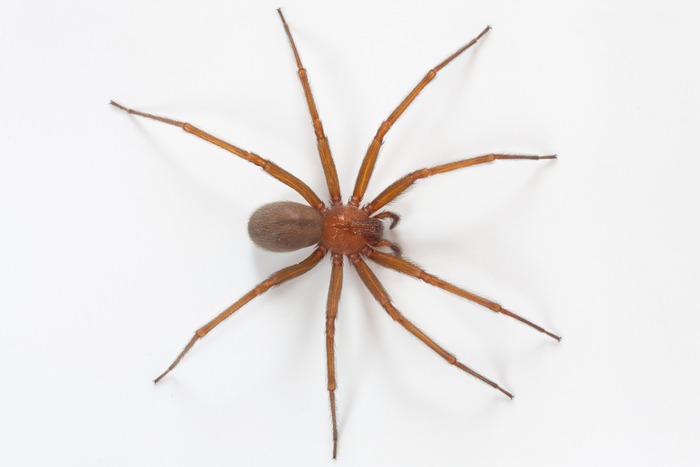
Habitat: Found in South America, particularly Chile, this spider is also present in parts of the U.S. and Brazil.
Venom: Like the brown recluse, the Chilean recluse's bite can cause extensive tissue damage. Its venom is particularly potent, and in rare cases, it can result in kidney failure or even death. Healing from the bite can take months, and visible scars may remain long after recovery.
Fun Fact: While not aggressive, the Chilean recluse is highly venomous, and its bite often goes unnoticed until symptoms appear. Despite its potentially deadly venom, the spider's shy nature typically prevents confrontation.
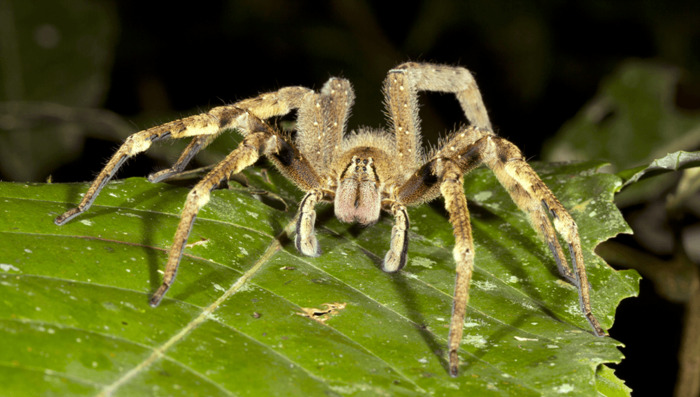
Habitat: These spiders are found in South America, particularly in Brazil, where they live in banana plantations and the jungle floor.
Venom: The Brazilian wandering spider has one of the most potent venoms in the spider world. A bite can cause severe symptoms such as raised blood pressure, vomiting, and sweating. In extreme cases, it can lead to paralysis, respiratory failure, and even death. Fortunately, anti-venom is available in some areas.
Fun Fact: These spiders are known for their erratic movements, and they get their name from wandering the forest floor in search of prey at night. They are often found hiding in banana shipments, leading to occasional accidental encounters with humans.
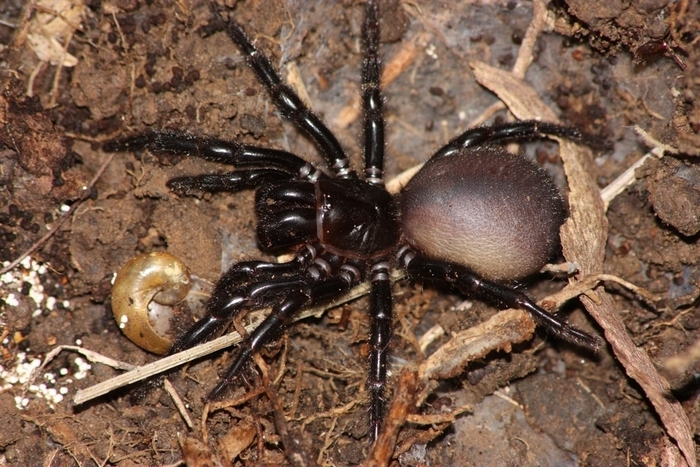
Habitat: This spider is native to Australia, particularly in the Sydney region.
Venom: The Australian funnel-web spider is considered the deadliest spider in the world due to the potency of its venom. The bite causes immediate pain, and symptoms can escalate rapidly, leading to severe illness or death if untreated. The venom contains toxins that affect the nervous system, causing paralysis and respiratory failure. This spider's venom is so dangerous that it has been responsible for several fatalities, especially in children.
Fun Fact: The Australian funnel-web spider is highly aggressive and will often bite multiple times during an attack. Its defensive nature makes it particularly dangerous, and it is one of the few spiders known to actively chase after its threat. Thanks to the development of an effective antivenom, fatalities have decreased significantly in recent years.
While the fear of venomous spiders is prevalent, it is important to note that most spiders are not a direct threat to humans. Many of the species listed above are not particularly aggressive and will only bite in self-defense. However, for those living in or visiting areas where these spiders are found, it's crucial to exercise caution and seek medical attention if bitten.
If you are ever unsure about a spider bite, it is always better to err on the side of caution and consult a healthcare professional.
animal tags: Arachnida
We created this article in conjunction with AI technology, then made sure it was fact-checked and edited by a Animals Top editor.